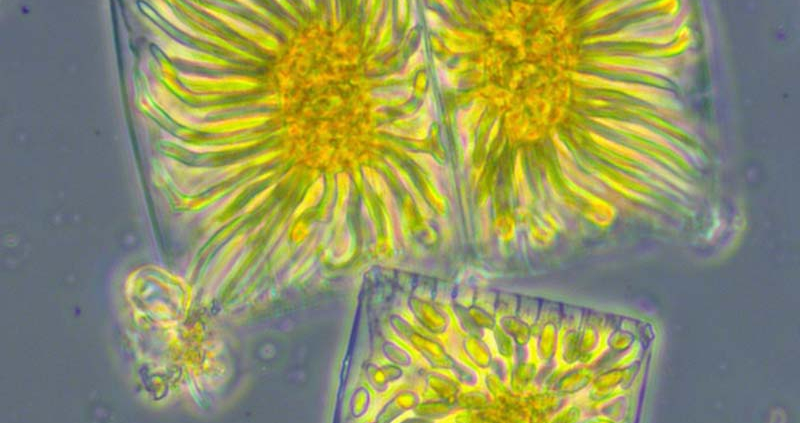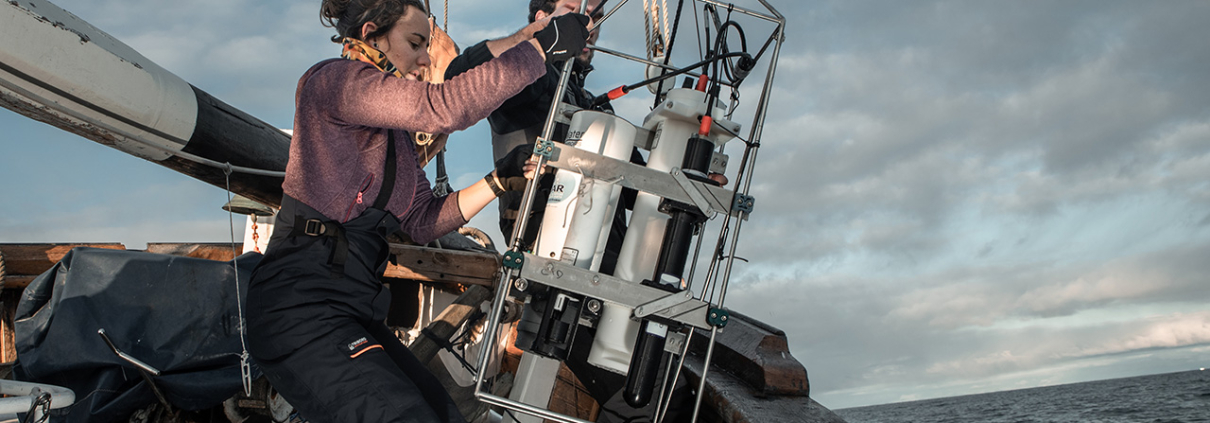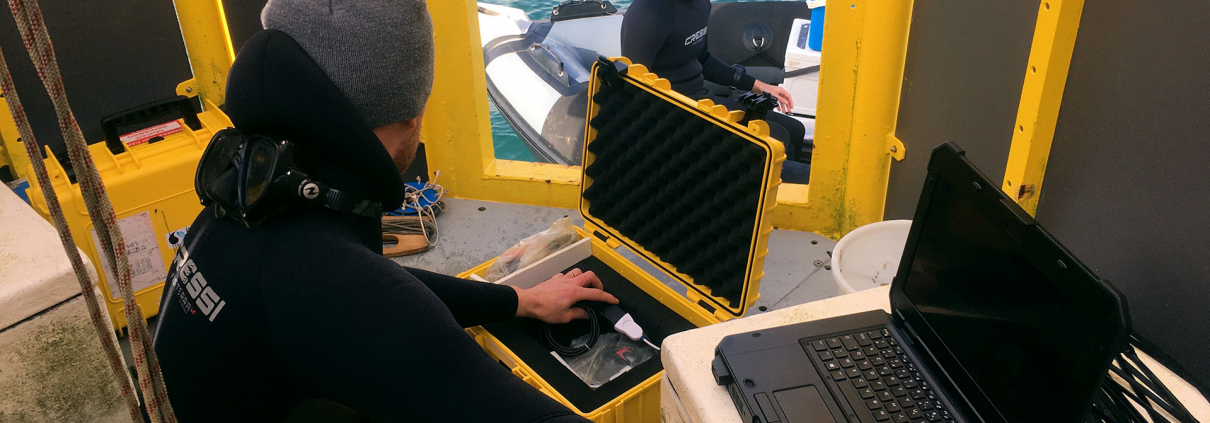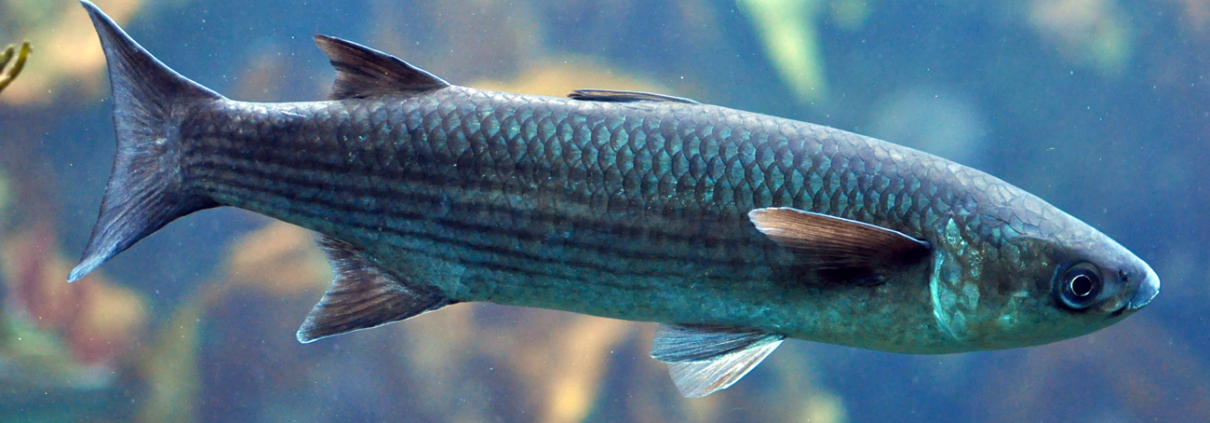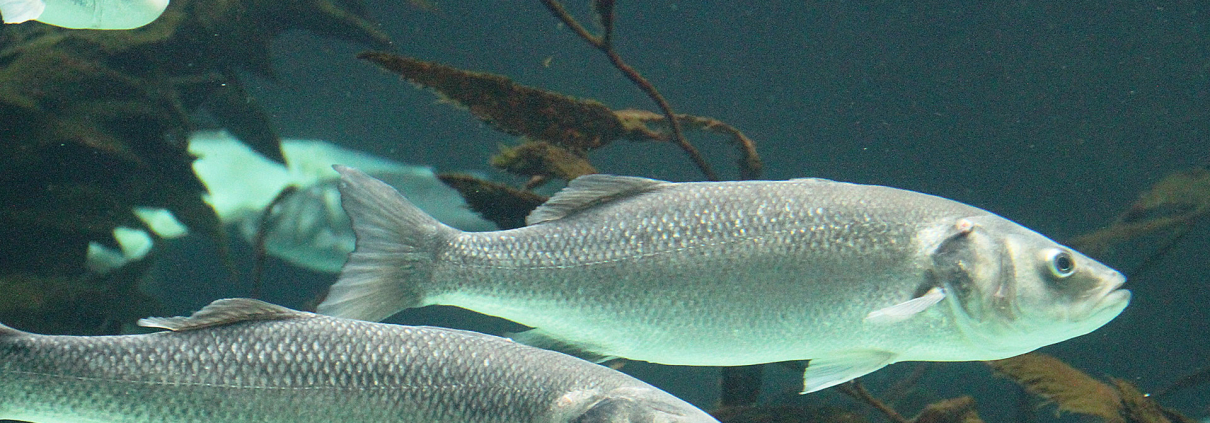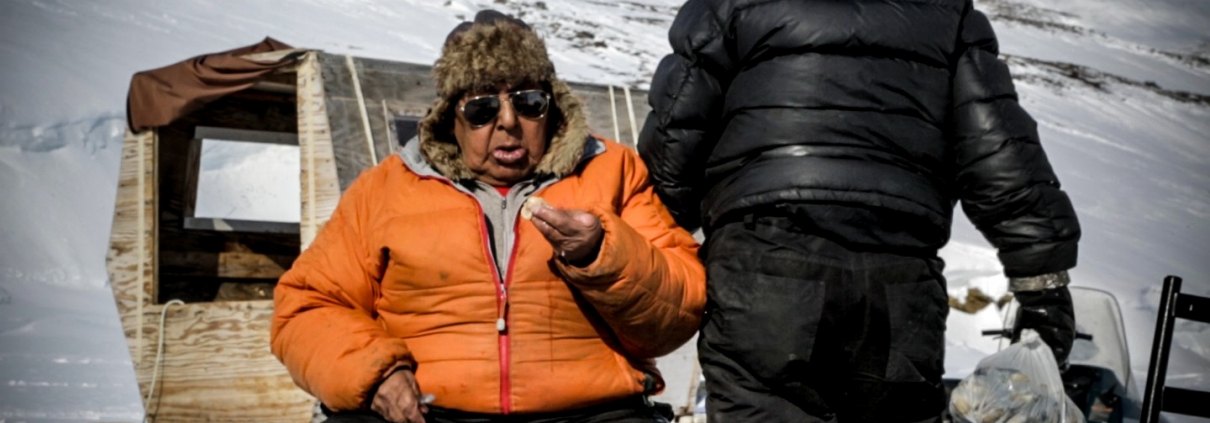You are here: Home1 / Global change biology
Tag Archive for: Global change biology
https://www-iuem.univ-brest.fr/lemar/wp-content/uploads/2019/11/mission-tonga-main.jpg
423
1210
sherve@univ-brest.fr
https://www-iuem.univ-brest.fr/lemar/wp-content/uploads/2018/10/logo-lemar-big.png
sherve@univ-brest.fr2019-11-18 16:54:012020-02-25 10:08:51The TONGA mission
https://www-iuem.univ-brest.fr/lemar/wp-content/uploads/2018/04/metaux-trace.jpg
1080
1920
sherve@univ-brest.fr
https://www-iuem.univ-brest.fr/lemar/wp-content/uploads/2018/10/logo-lemar-big.png
sherve@univ-brest.fr2018-10-05 10:07:392022-03-26 17:15:22Links between biogeochemical cycles of metals and living organisms
https://www-iuem.univ-brest.fr/lemar/wp-content/uploads/2018/01/Noctiluca_scintillans_varias.jpg
265
400
sherve@univ-brest.fr
https://www-iuem.univ-brest.fr/lemar/wp-content/uploads/2018/10/logo-lemar-big.png
sherve@univ-brest.fr2018-10-05 09:52:362022-03-26 15:17:59Role of complex trophic interactions in biogeochemical cycles
https://www-iuem.univ-brest.fr/lemar/wp-content/uploads/2018/08/Striatella-unipunctata-1.jpg
828
800
sherve@univ-brest.fr
https://www-iuem.univ-brest.fr/lemar/wp-content/uploads/2018/10/logo-lemar-big.png
sherve@univ-brest.fr2018-10-05 09:41:232018-11-19 11:50:14Ecology and physiology of photosynthetic organismsTag Archive for: Global change biology
https://www-iuem.univ-brest.fr/lemar/wp-content/uploads/2023/07/Drastic-5.jpg
800
1280
Sebastien Herve
https://www-iuem.univ-brest.fr/lemar/wp-content/uploads/2018/10/logo-lemar-big.png
Sebastien Herve2024-01-30 10:24:342025-02-24 12:24:33DRASTIC
https://www-iuem.univ-brest.fr/lemar/wp-content/uploads/2022/06/Cocorico2-main.jpg
1080
1920
sherve@univ-brest.fr
https://www-iuem.univ-brest.fr/lemar/wp-content/uploads/2018/10/logo-lemar-big.png
sherve@univ-brest.fr2022-06-13 17:25:002022-06-13 17:31:47CocoriCO2
https://www-iuem.univ-brest.fr/lemar/wp-content/uploads/2020/06/meilh-main.jpg
614
1300
sherve@univ-brest.fr
https://www-iuem.univ-brest.fr/lemar/wp-content/uploads/2018/10/logo-lemar-big.png
sherve@univ-brest.fr2020-06-04 16:46:442022-04-06 11:04:59MEILH
https://www-iuem.univ-brest.fr/lemar/wp-content/uploads/2019/10/adjust-main.jpg
1080
1920
sherve@univ-brest.fr
https://www-iuem.univ-brest.fr/lemar/wp-content/uploads/2018/10/logo-lemar-big.png
sherve@univ-brest.fr2019-10-09 16:50:042022-04-07 09:34:29ADjUST
https://www-iuem.univ-brest.fr/lemar/wp-content/uploads/2018/10/Qik-100.jpg
806
1440
moriceau@univ-brest.fr
https://www-iuem.univ-brest.fr/lemar/wp-content/uploads/2018/10/logo-lemar-big.png
moriceau@univ-brest.fr2018-10-10 14:42:242022-04-06 13:18:47BIVALVIA
Tag Archive for: Global change biology
https://www-iuem.univ-brest.fr/lemar/wp-content/uploads/2018/09/vagner-marie.jpg
1080
1920
petek
https://www-iuem.univ-brest.fr/lemar/wp-content/uploads/2018/10/logo-lemar-big.png
petek2019-11-12 12:24:242022-03-29 12:56:02Marie VAGNER
Scroll to top
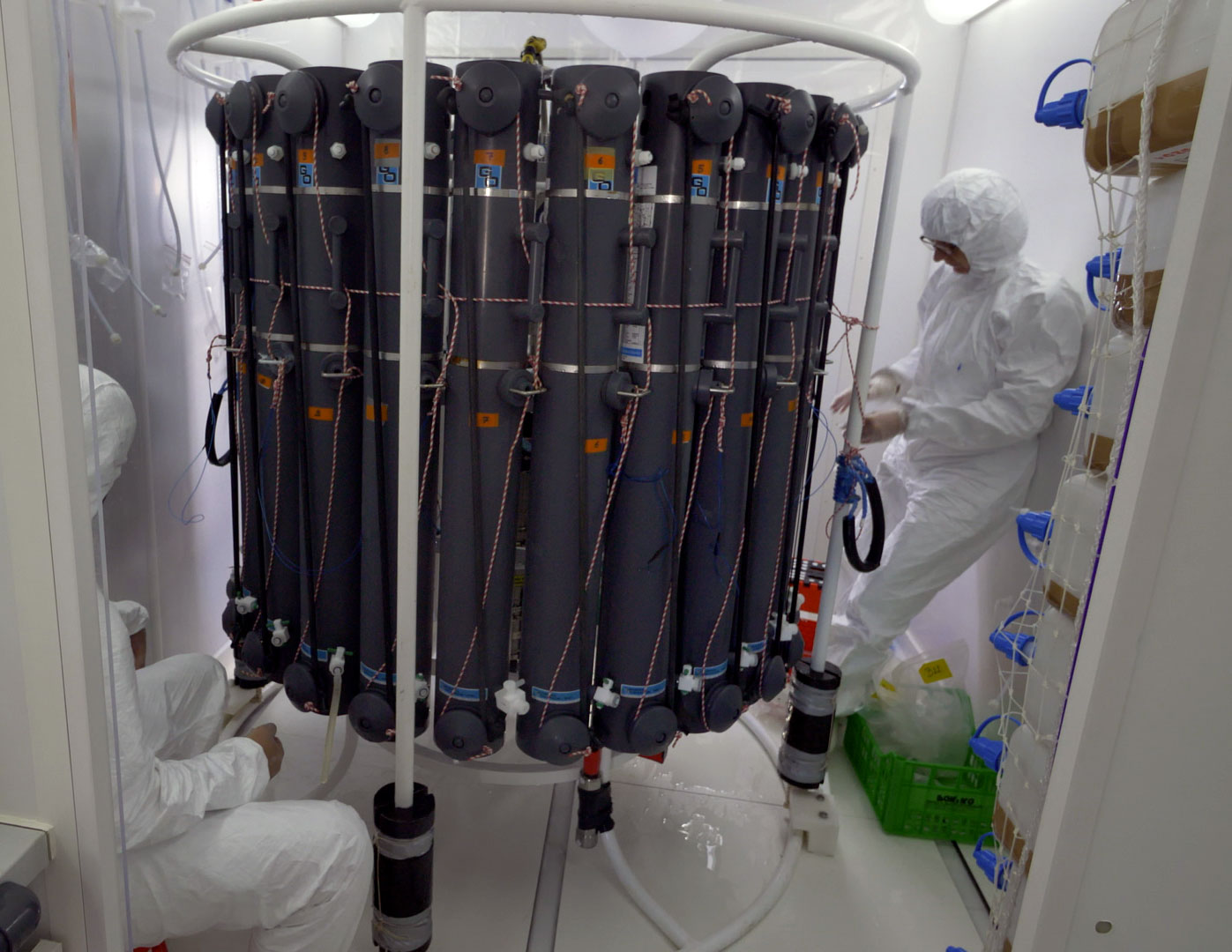

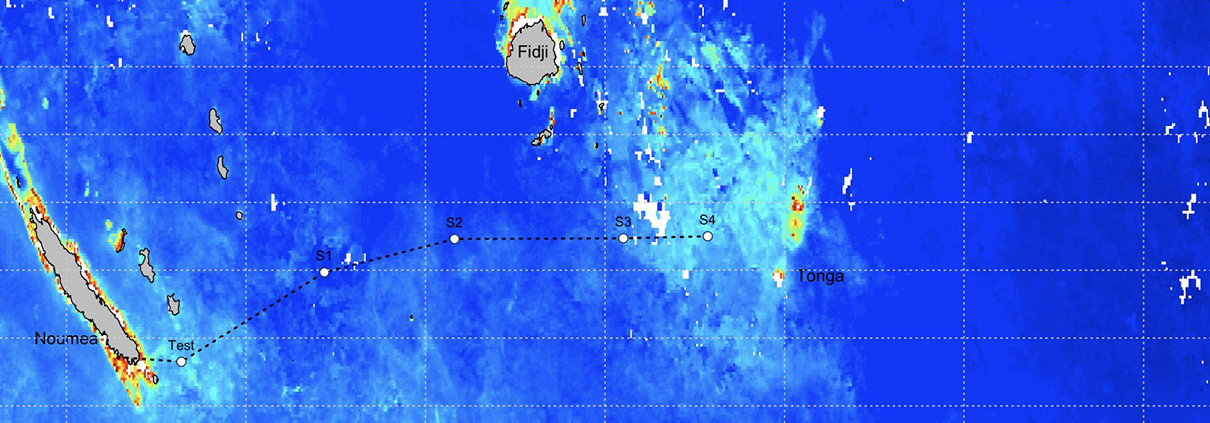
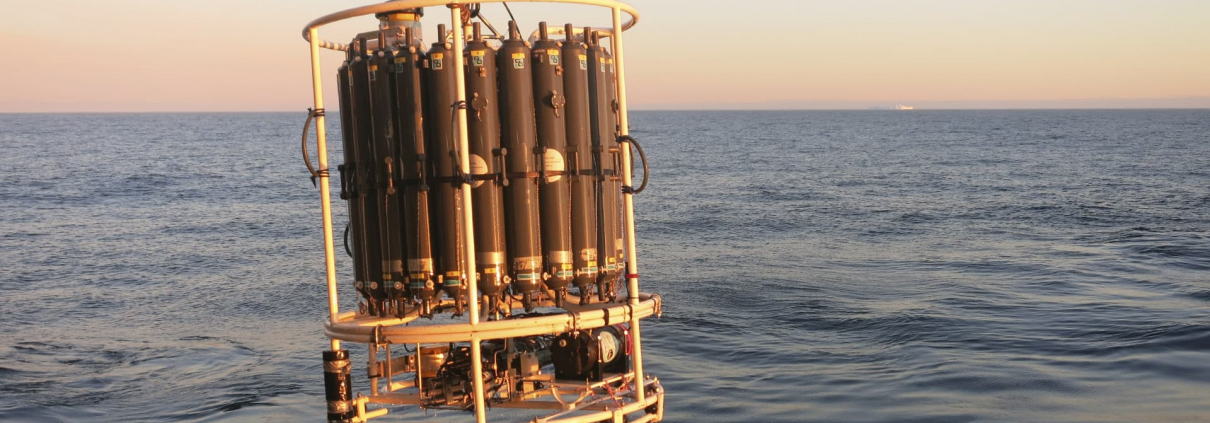
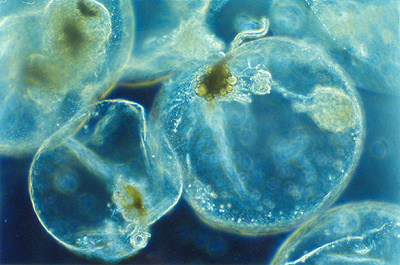 http://planktonnet.awi.de (provided under a Creative Commons Attribution 3.0 License)
http://planktonnet.awi.de (provided under a Creative Commons Attribution 3.0 License)